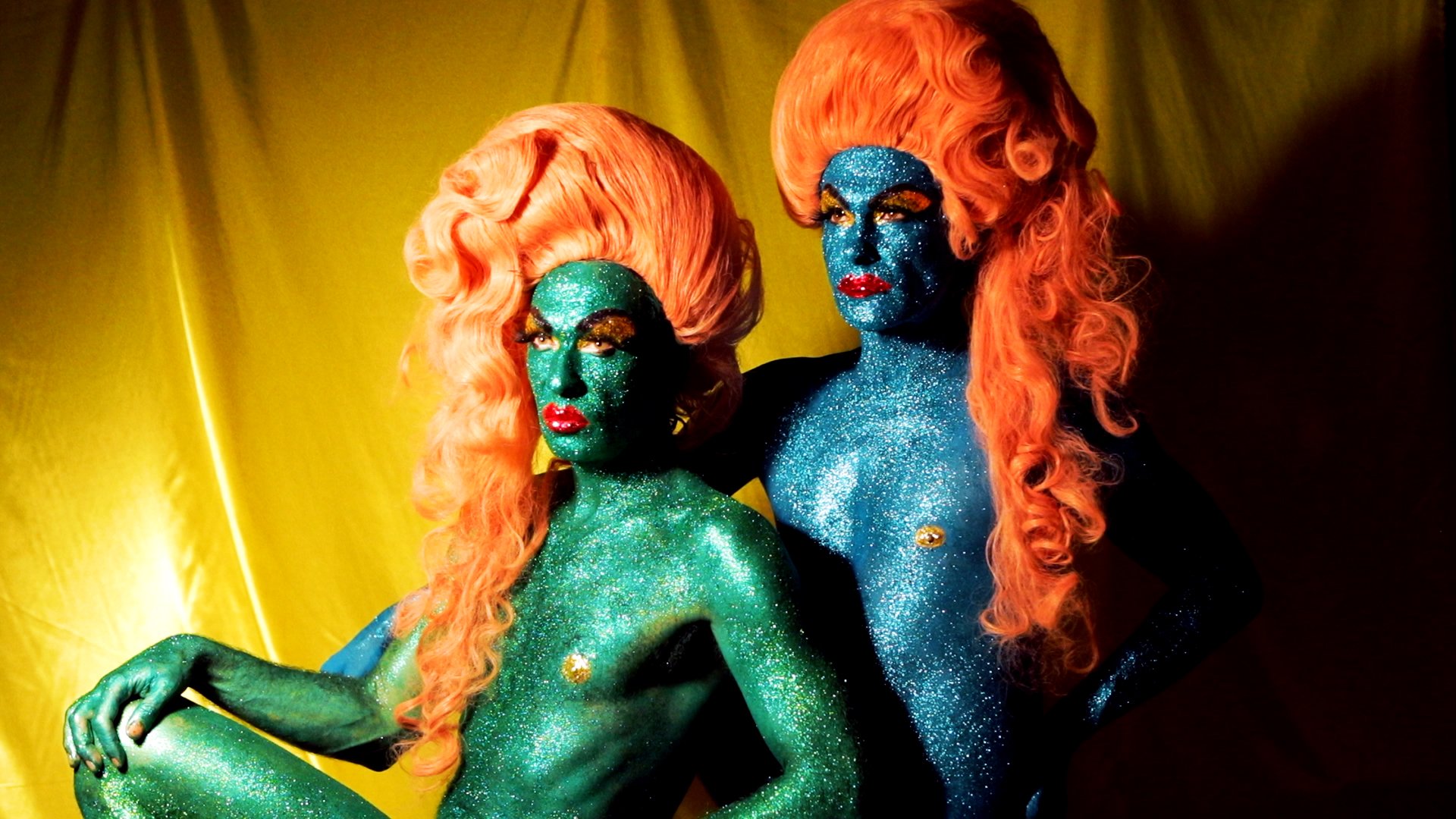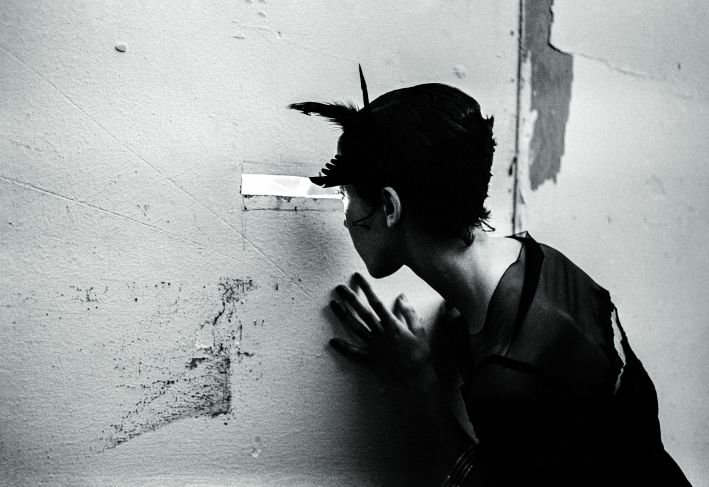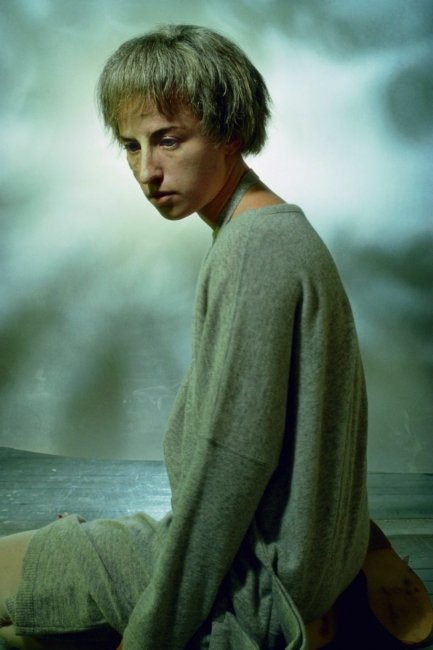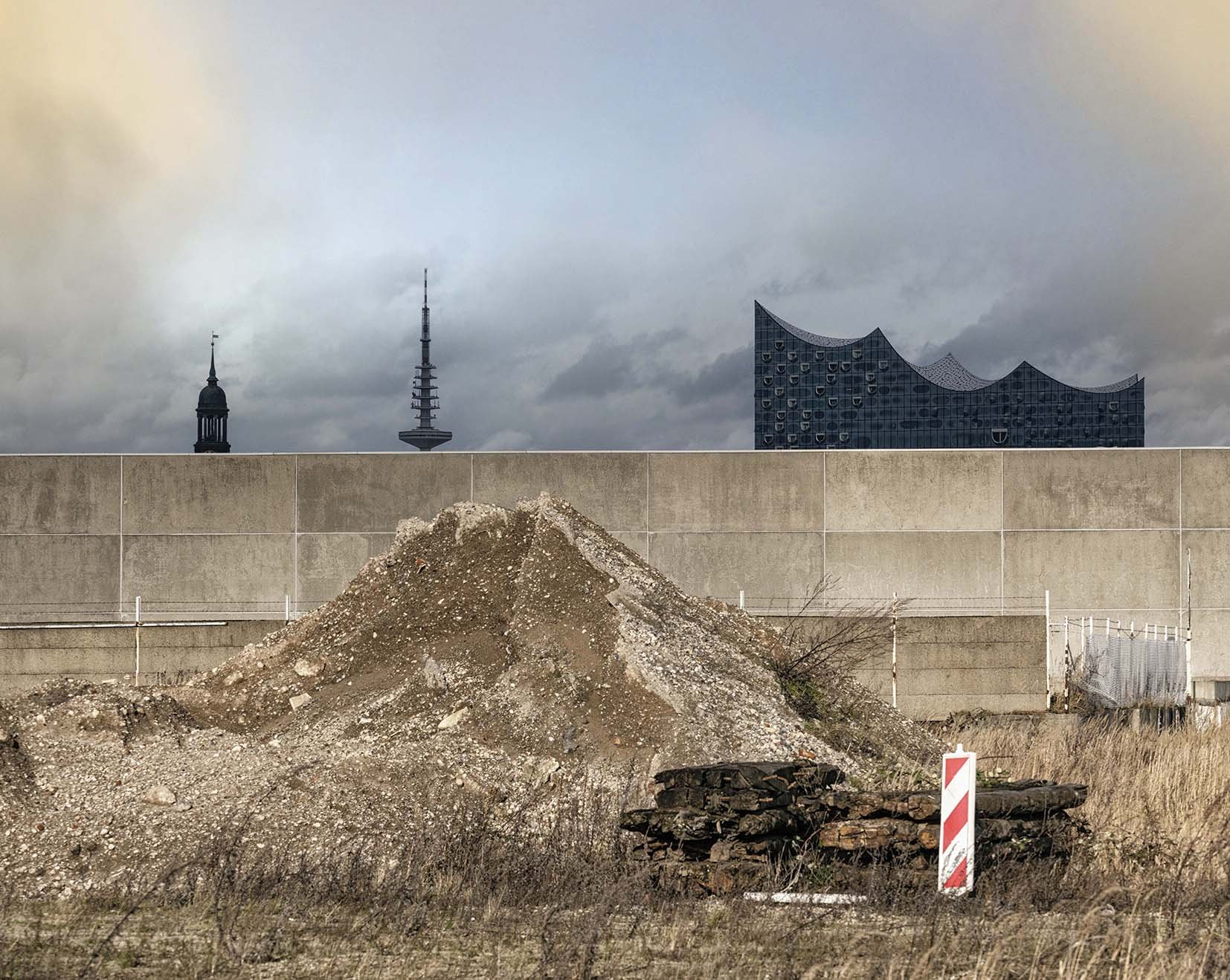
Der Hafen Hamburg – Vier Perspektiven in schwarz/weiss | Fabrik der Künste | Hamburg
Fabrik der Künste | Hamburg
13. Juni – 6. Juli 2025
Der Hafen Hamburg – Vier Perspektiven in schwarz/weiss
F.C. Gundlach, Hans Meyer-Veden, Paolo Pellegrin, Peter Schulte
© F.C. Gundlach
Vier Fotografen betrachten den Hamburger Hafen ganz unterschiedlich, vom Hintergrund für Modefotos bis zum markanten Panorama. Eine Fotoausstellung in der Fabrik der Künste in Zusammenarbeit mit der Stiftung F.C. Gundlach.
F.C. Gundlach (1926 - 2021) fotografierte - um 1960 geradezu avantgardistisch - Mode mitten im Hamburger Hafen. Seine Aufnahmen von junger Mode vor rostigem Stahl, Schleppern und Schiffen sind spannungsvoll konstruiert und von zeitloser Ästhetik.
Hans Meyer-Veden (1931 - 2018) bewegte sich seit den 70er Jahren sehr aufmerksam durch Altona und das Hafenviertel und hielt in brillanter Technik Details fest, die uns als Passanten sonst entgangen wären. Viele seiner Aufnahmen sind außerdem Dokumente des Hafens, der sich heute vollkommen verändert zeigt.
Paolo Pellegrin (1964) betrachtet diesen riesigen, total selbständigen „Stadtteil“, und dessen beeindruckende grafische Silhouette von Technik und Landschaft. Die Fotografien vermitteln die wirtschaftliche Kraft der Stadt.
Peter Schulte (1965) sammelt seit über 30 Jahren Ansichten und Fragmente der Stadt und des Hafens. Seine Aufnahmen sind dokumentarisch präzise und geben dem Betrachter zugleich Rätsel auf: Spiegelungen, Durchblicke und steile Perspektiven vermitteln kleine Abenteuer, die man beim genauen Hinsehen erleben und bestaunen kann.
Die Ausstellung dokumentiert den Wandel des Hamburger Hafens über einen Zeitraum von sechs Jahrzehnten.
© Hans Meyer-Veden
Quatre photographes portent des regards très différents sur le port de Hambourg, allant du décor pour des photos de mode au panorama emblématique. Une exposition photographique à la Fabrik der Künste, en collaboration avec la Fondation F.C. Gundlach.
F.C. Gundlach (1926 - 2021) photographiait – dès 1960, d’une manière presque avant-gardiste – la mode en plein cœur du port de Hambourg. Ses images de jeunes mannequins devant l’acier rouillé, les remorqueurs et les navires sont construites avec tension et dégagent une esthétique intemporelle.
Hans Meyer-Veden (1931 - 2018) a parcouru avec une grande attention, dès les années 1970, Altona et les quartiers portuaires, saisissant avec une technique brillante des détails qui seraient autrement passés inaperçus aux yeux des passants. De nombreuses photos sont également devenues des documents précieux d’un port qui s’est aujourd’hui entièrement transformé.
Paolo Pellegrin (1964) considère ce vaste « quartier » totalement autonome et sa silhouette graphique impressionnante, où la technologie rencontre le paysage. Ses photos transmettent la force économique de la ville.
Peter Schulte (1965) collecte depuis plus de 30 ans des vues et des fragments de la ville et du port. Ses clichés, d’une précision documentaire, offrent également des énigmes au regard : reflets, perspectives singulières et points de vue inattendus ouvrent de véritables aventures visuelles à qui sait regarder attentivement.
L’exposition documente la transformation du port de Hambourg sur une période de six décennies.
© Paolo Pellegrin
Quattro fotografi osservano il porto di Amburgo da prospettive completamente diverse, che vanno dallo sfondo per servizi di moda al panorama più iconico. Una mostra fotografica presso la Fabrik der Künste in collaborazione con la Fondazione F.C. Gundlach.
F.C. Gundlach (1926 - 2021), già negli anni ‘60 in modo quasi avanguardistico, fotografava la moda nel cuore del porto di Amburgo. I suoi scatti di giovani modelle davanti all’acciaio arrugginito, ai rimorchiatori e alle navi sono attentamente costruiti, permeati da una tensione estetica senza tempo.
Hans Meyer-Veden (1931 - 2018), dagli anni ‘70, ha percorso con occhio attento Altona e i quartieri portuali, immortalando con una tecnica brillante dettagli che altrimenti sarebbero sfuggiti ai passanti. Molte delle sue immagini sono diventate anche preziosi documenti di un porto oggi completamente trasformato.
Paolo Pellegrin (1964) guarda a questo enorme “quartiere” completamente autonomo, con la sua impressionante silhouette grafica fatta di tecnica e paesaggio. Le sue fotografie restituiscono la forza economica della città.
Peter Schulte (1965) raccoglie da oltre trent’anni vedute e frammenti della città e del porto. I suoi scatti sono documentaristicamente precisi e allo stesso tempo offrono enigmi allo spettatore: riflessi, scorci sorprendenti e prospettive audaci invitano a piccole avventure visive per chi sa osservare attentamente.
La mostra documenta il cambiamento del porto di Amburgo nell’arco di sei decenni.
© Peter Schulte
Four photographers each view Hamburg’s harbour through a completely different lens, ranging from a backdrop for fashion shoots to an iconic panorama. A photographic exhibition at the Fabrik der Künste, in collaboration with the F.C. Gundlach Foundation.
F.C. Gundlach (1926 - 2021) was, as early as the 1960s, almost avant-garde in his approach—photographing fashion right in the midst of Hamburg’s port. His compositions of young fashion amidst rusty steel, tugs and ships are strikingly constructed and possess a timeless aesthetic.
Hans Meyer-Veden (1931 - 2018) moved, from the 1970s onwards, with a keen eye through Altona and the harbour district, capturing details in brilliant technique that would otherwise escape the attention of passers-by. Many of his images have also become important documents of a harbour now completely transformed.
Paolo Pellegrin (1964) contemplates this vast, entirely self-contained “district” with its impressive, graphic skyline of technology and landscape. His photographs reflect the economic strength of the city.
Peter Schulte (1965) has been collecting views and fragments of the city and harbour for over thirty years. His images are documentary in their precision, yet they also present the viewer with puzzles: reflections, glimpses, and bold perspectives provide small visual adventures for those willing to look closely.
The exhibition documents the transformation of Hamburg’s harbour over a span of six decades.

















































































